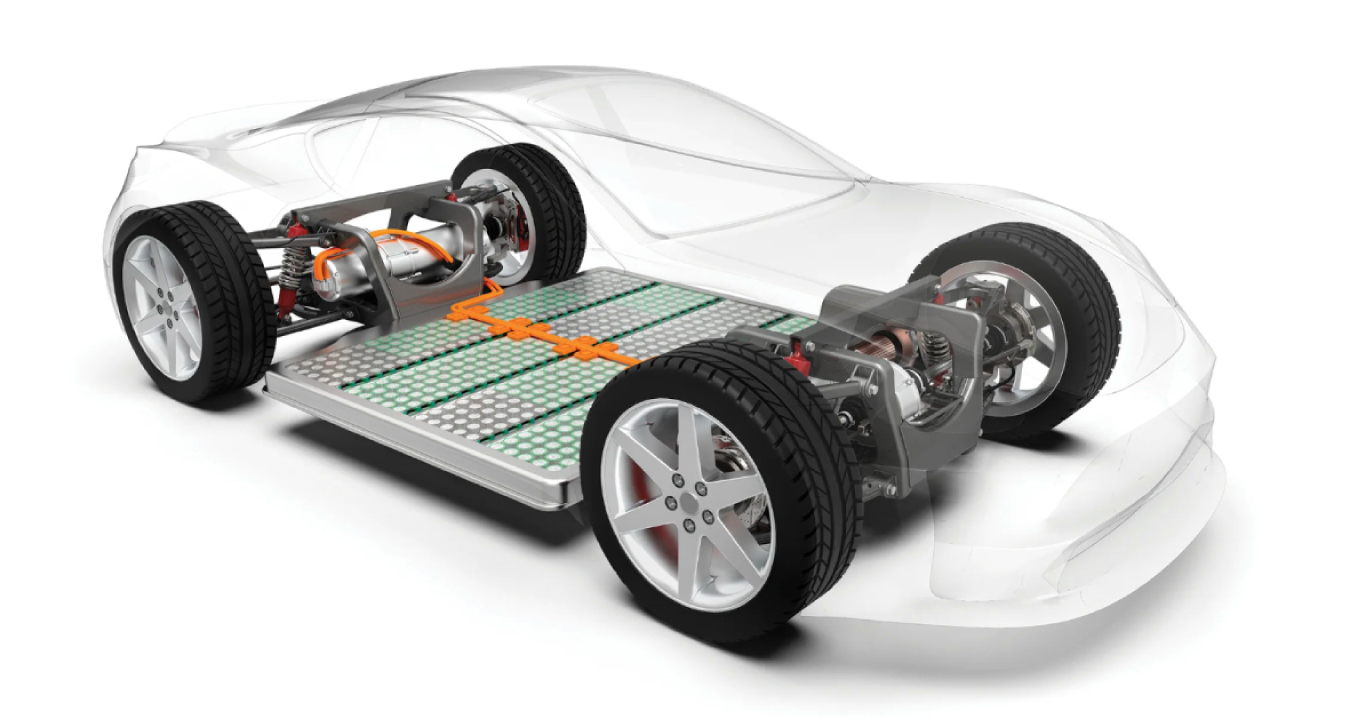What is Poka Yoke?
Poka Yoke is a Japanese term meaning Mistake Proofing and it was first developed by Shigeo Shingo, one of the IE Engineers at Toyota, in the 1960s. It is a mechanism used to eliminate errors by effectively making it impossible to make mistakes in the production line.
Not following Poka Yoke causes the mistake to manifest itself as a defect when a customer buys the product – this creates a negative impact on brand value affecting sales, and can prove fatal in products used in safety-critical applications.
Poka Yoke is implemented by trying to prevent errors from happening, and if an error does occur, then to recover from it quickly by early detection.
Prevention
The ideal situation is always to prevent mistakes from happening in the first place. Access to start a job can be obtained only after ensuring that the operator checks all the boxes in the electronic form and submits it – if any check has been missed, the submit button will remain greyed out.
Mistakes can also happen after the start of and during the production run: 
If an operator forgets to use the necessary number of parts to complete a task, he is alerted of the miss so that he can take appropriate action. This method is known as the constant number (fixed-value) method.
Besides, parts appropriate to a particular line only should be used. This is ensured by identifying the part’s physical attributes such as shape, size, colour or design using sensors to alert the operator of an incorrect step. This is known as the contact method. Similarly, tagging of each and every part alerts the operator when a matching tag is not used.
Detailing of many stages shows that many parts need to be sequentially worked on before moving to the next stage. If the parts are loaded in the incorrect order, the operator is alerted not to proceed. This is known as the sequence method.
Detection
In spite of the best efforts to ensure prevention, errors may still occur, and quick action is required.
Methods to detect errors include non-contact methods, such as using a vision camera or infrared sensor, limit switch, or a proximity sensor.
Approach
Two approaches can be used in each of the above types of Poka Yoke:

Control approach – Sensing an incorrect step, this approach stops the process until appropriate action is taken to rectify. This approach is mostly followed in detection.
Warning approach – In this approach, warning devices (buzzers, lights, etc) are used to alert about the occurrence of an error. This does not shut down the process every time an error is detected. This approach is most often followed in prevention.
Some common types of errors are:
- Processing errors occur if the Standard Operating Procedure (SOP) is not followed properly.
- Setup errors are caused by setting machine adjustments incorrectly or using the wrong tooling.
- Missing parts occur when all parts are not included in the assembly or welding.
- Using improper parts/items in a process can cause errors.
- Operational errors are caused by incorrectly carrying out an operation, often due to an incorrect version of the SOP.
- Measurement errors are caused by measuring incorrectly.
How to implement Poka Yoke?
- Before starting a process, clearly identify the areas where human error is possible using a flowchart or other means.
- Work backwards through the process to identify the error source.
- Try to make it impossible for each potential error to occur, either by eliminating the error-causing step or by replacing it with an error-proof one.
- If it is difficult to totally stop the error from happening, identify ways to detect it quickly and minimise its effects.
- Choose and test each mistake-proofing method or device and implement it.
Implementing Poka Yoke ensures better quality, less wastage and more reliable products reflecting in improved brand value.
By using the mistake proofing solutions from MELSS, operators can download centralised recipes from the server to avoid mistakes. Barcode/QR code or RFID based validation of the parts helps avoid possible wrong usage of materials causing product failure. For more: https://www.melss.com/latest/industrial-automation/mes-software/






